There can be your advertisement
300x150
10 Ideas for a Beautiful Garden Path
Garden paths can be made from many materials – from ordinary gravel to marble or granite. Each of them has its own characteristics. Let's see what would suit your garden?
To create a beautiful path in the garden, you don't have to be a landscape designer. The technique of laying the path depends on the material you choose. But the principle is roughly the same – first, you need to mark the area, dig a level trench, fill the bottom with a sand cushion or gravel, and then start laying the material. We have selected 10 of the most popular ways to design garden paths.
1. Gravel or碎石
Gravel is one of the simplest and most affordable materials that doesn't need leveling. This material will give the path a neat and attractive appearance. Making a gravel path is easy – you just need to spread it and compact it. Gravel can even be used for winding paths, and its cost is quite affordable – you can confidently experiment.
Disadvantages: Keep in mind that gravel needs periodic refilling, and walking on it at first is not very comfortable.
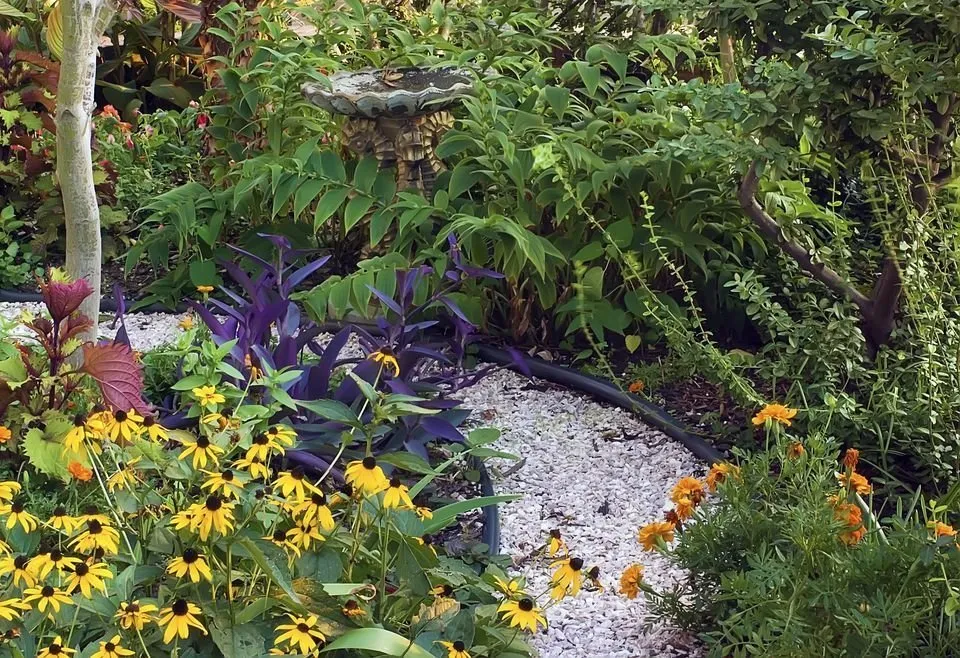
2. Plastic
In garden centers, you can find special paths made of plastic that do not require digging a trench. Individual sections of the decking connect to each other, forming a plastic trail. This type of surface is usually used as a temporary solution and is not durable.
Disadvantages: Plastic quickly fades in the sun and does not withstand loads. You can't call such paths elegant or beautiful, but even a beginner can handle the installation.
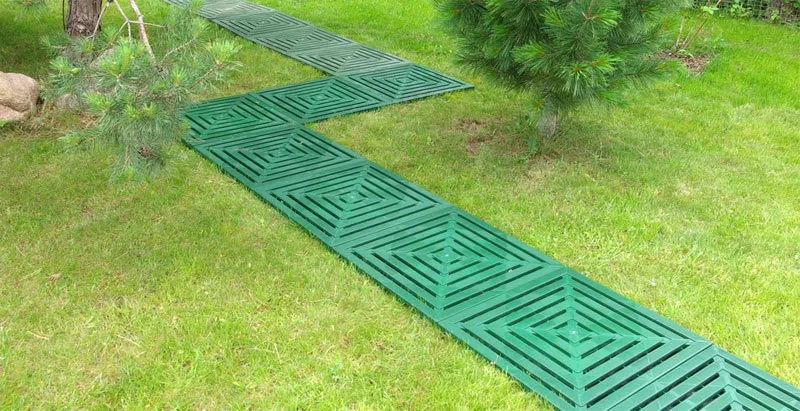
3. Brick
A choice for those who like the principle of 'done and forgotten'. Brick is one of the most durable materials, and with proper installation, such a path will last more than a decade. It's best to lay bricks on mortar, and wooden planks should be driven into the sides of the path to prevent it from crumbling over time.
Disadvantages: Among the drawbacks of brick is its high cost.

4. Asphalt
Asphalt surfacing is suitable for spacious gardens with wide paths. Creating such a path on your own is quite difficult and requires special equipment. To create a smooth surface, asphalt concrete needs to be compacted with a vibratory plate or roller.
Disadvantages: When soil moves, the path can crack.

5. Pavers
Pavers are not afraid of loads and high humidity. Pavers must be laid very carefully, checking with a measuring tool – a construction level – otherwise the path will end up skewed.
Disadvantages: Pavers cannot be called a cheap material, so this should be taken into account when planning the budget.
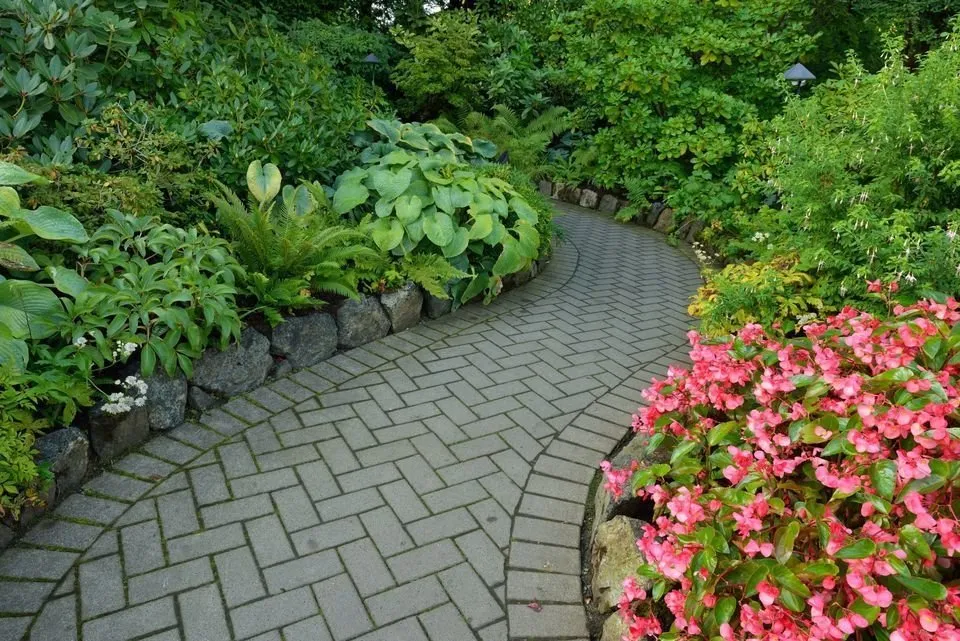
6. Lawn Grass
Paths in a small garden can be seeded with special lawn grass resistant to trampling. Walking on it is a pleasure, but over time the grass will still get trampled and the path will lose its original appearance.
Disadvantages: Using lawn grass as a surface for main paths is impractical, such paths are not durable.

7. Cobblestone
Rounded natural stones look colorful, but they don't suit every garden. There are no simple ways to create a cobblestone path – the installation will require extensive preparation work and a solid foundation.
Disadvantages: Walking on a cobblestone path should be done carefully, especially for children and elderly people – you can trip or lose balance and fall.

8. Tile Mosaic
Path tiles create a smooth and neat surface that you can walk on or even run on. The installation technique requires some skill – tiles must be joined perfectly and the joints filled with a rigid cement mortar. This is a durable and reliable option – garden paths made from such mosaics will delight you for a long time.
Disadvantages: Requires certain skills during installation, and a beginner will find it difficult to handle.
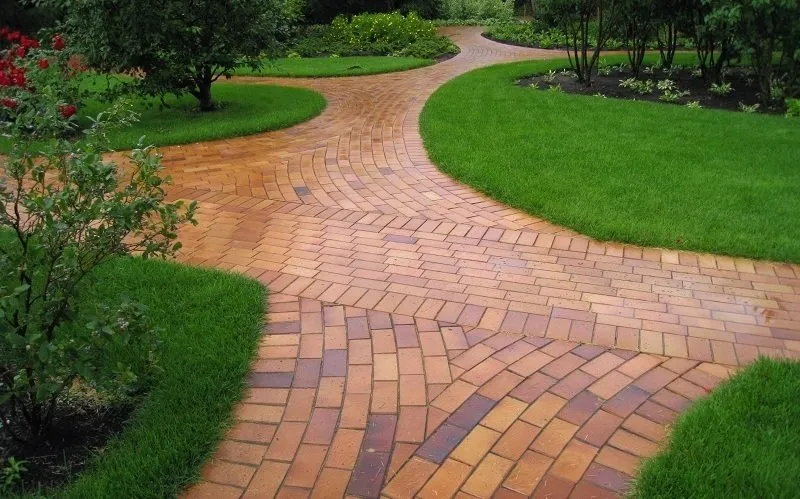
9. Wood
Wooden surfaces are one of the most budget-friendly and lightweight ways to design paths. Round wooden slices are laid haphazardly, and the spaces between them are filled with gravel or seeded with lawn grass. You can do it simpler – lay regular wooden planks or wooden tiles along the width of the path.
Disadvantages: Wood is prone to rot, so don't forget to protect wooden slices with special antiseptic.
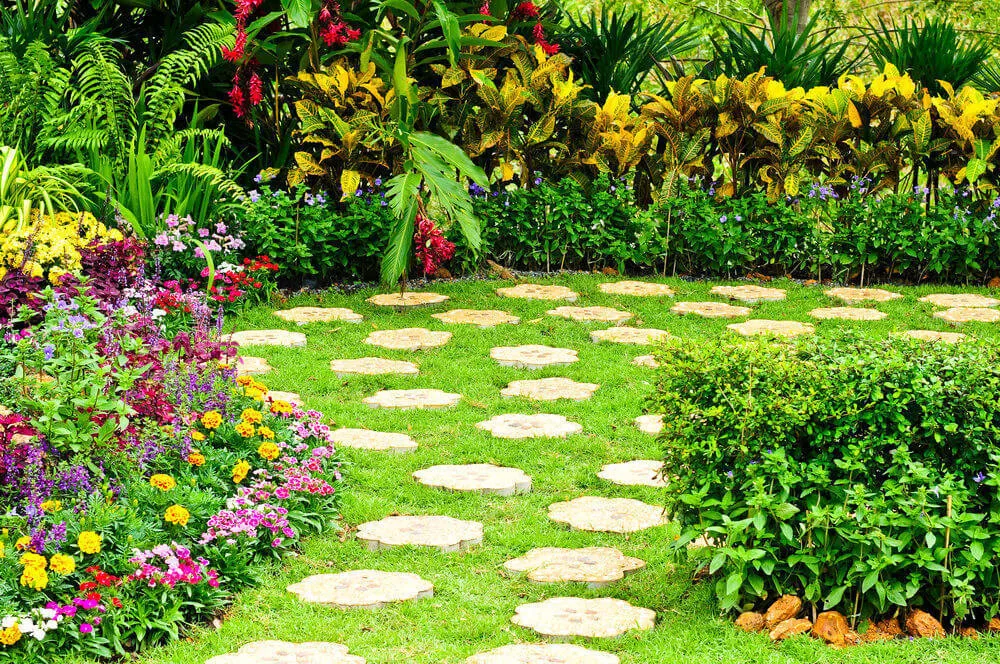
10. Natural Stone
Paths made from natural stone – granite, marble, limestone, basalt – always look very stylish. Sawn stones are very convenient and create a smooth surface. During installation, stone requires a lot of physical strength and effort to level, and porous stones need regular treatment with water-repellent mortar.
Disadvantages: Keep in mind that in winter, natural stone will be covered with an icy crust, making it difficult to walk on.

More articles:
 Guide to Apartment Reconfigurations: Best Ideas for Studio Apartments
Guide to Apartment Reconfigurations: Best Ideas for Studio Apartments 5 Most Frustrating Mistakes in House Construction
5 Most Frustrating Mistakes in House Construction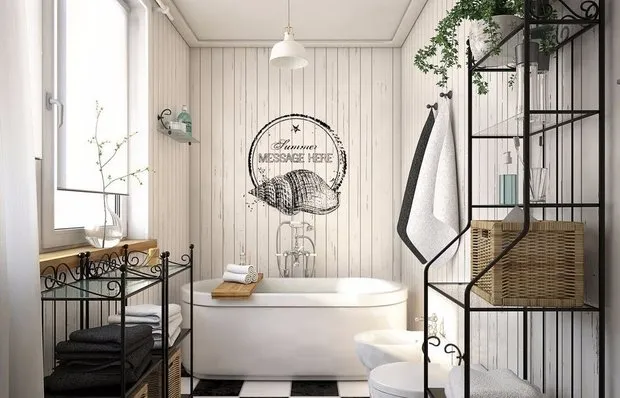 Pros and Cons: Boarding in Interior Design
Pros and Cons: Boarding in Interior Design 5 Rules for Fast Repair
5 Rules for Fast Repair What You Can Separate with a Glass Partition: 5 Examples
What You Can Separate with a Glass Partition: 5 Examples 5 More Tips to Make a Small Bathroom More Comfortable
5 More Tips to Make a Small Bathroom More Comfortable Apartment in Sweden That Will Impress You
Apartment in Sweden That Will Impress You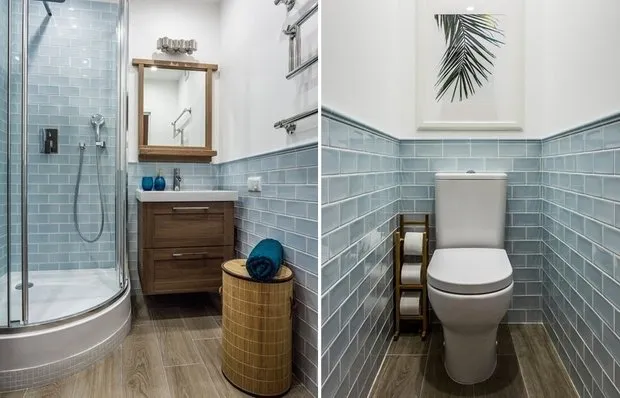 How to Repair a Standard Bathroom: Real Example
How to Repair a Standard Bathroom: Real Example